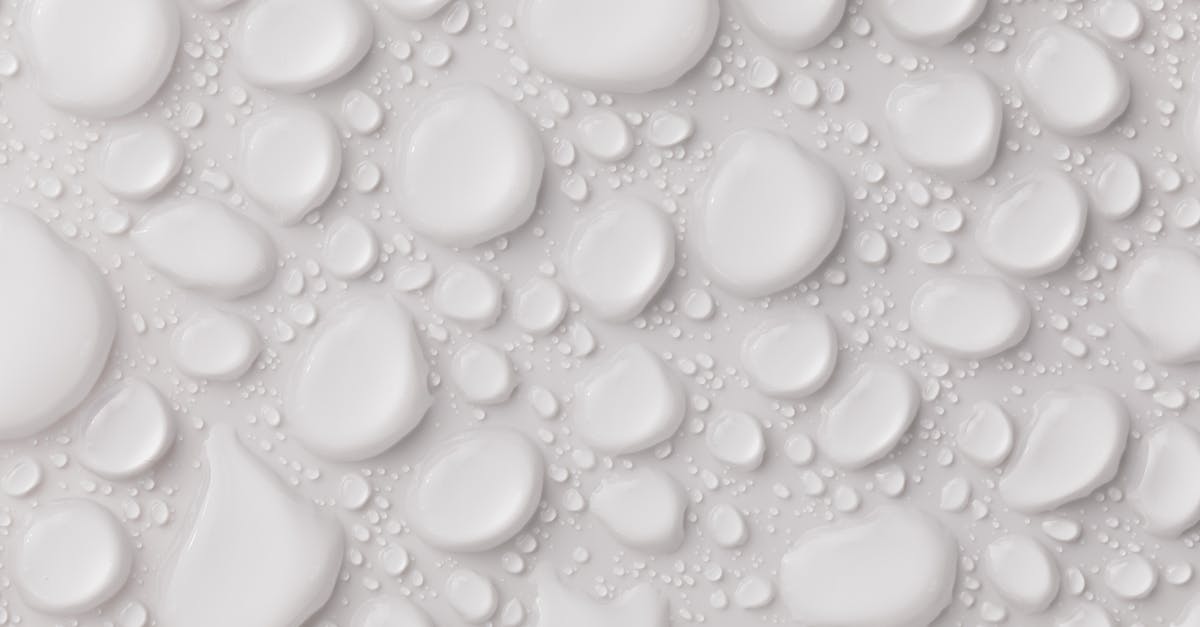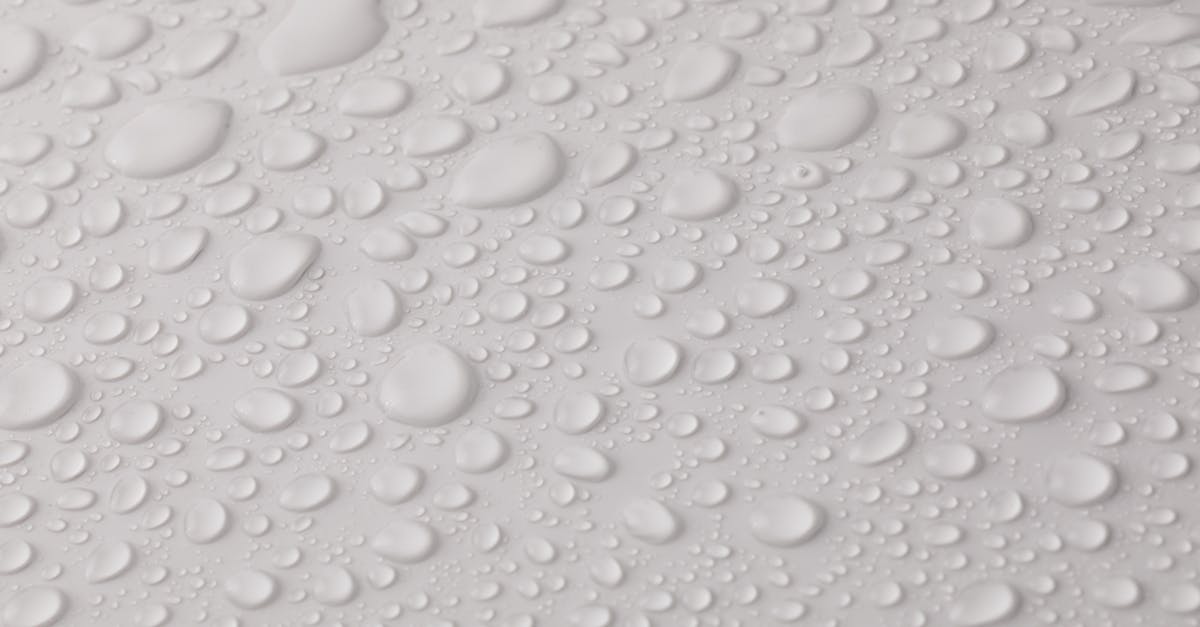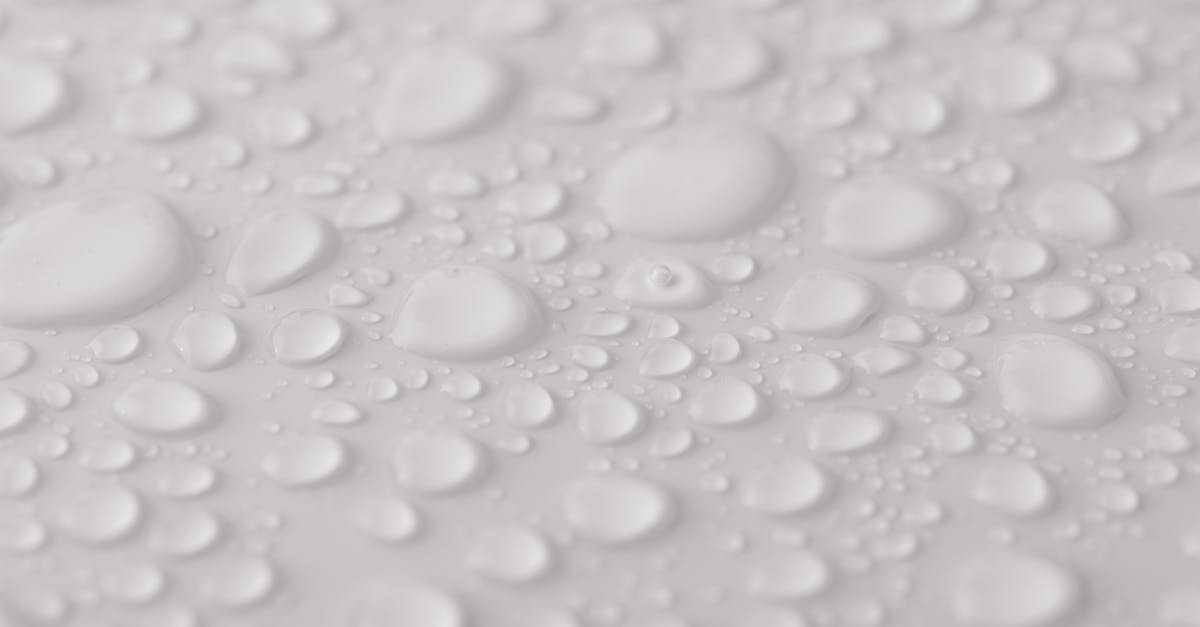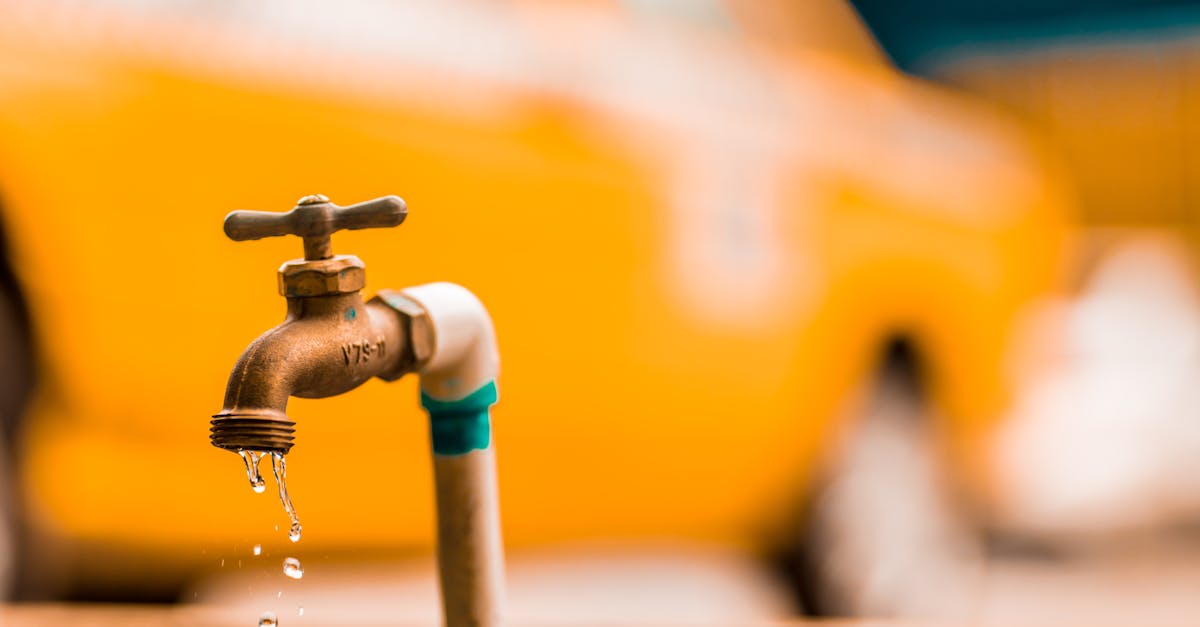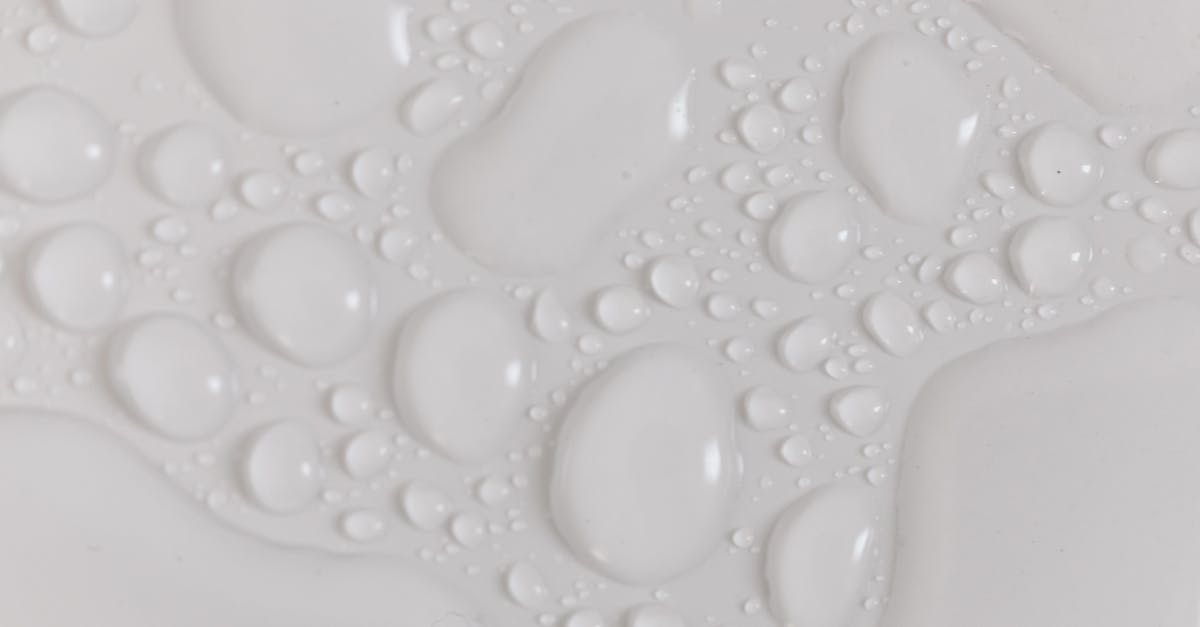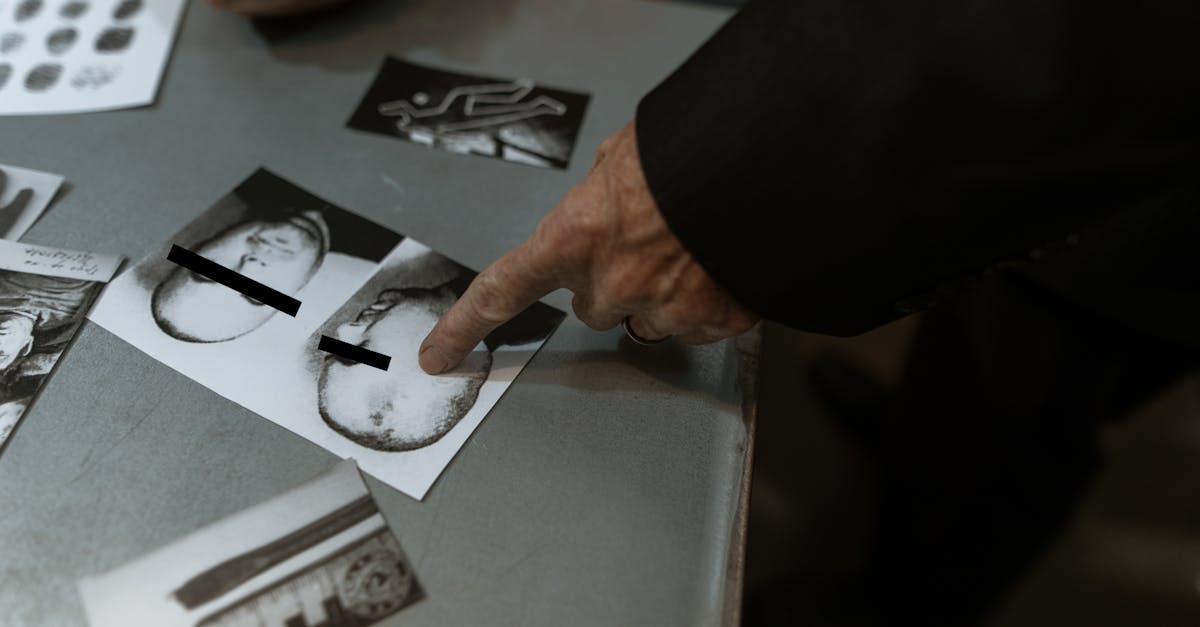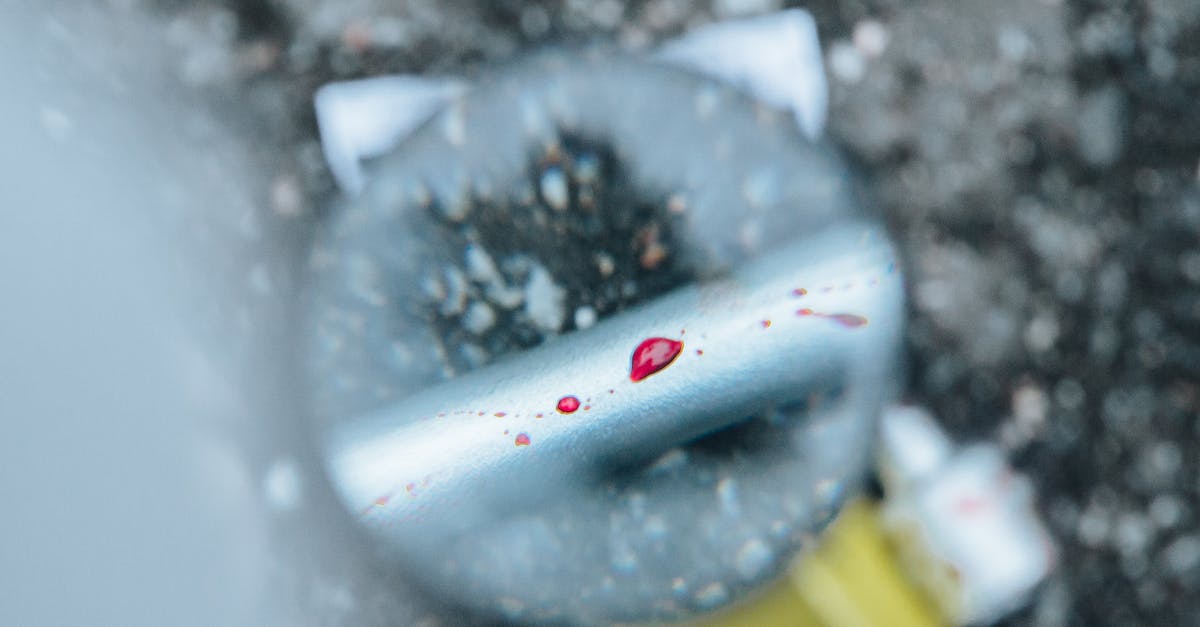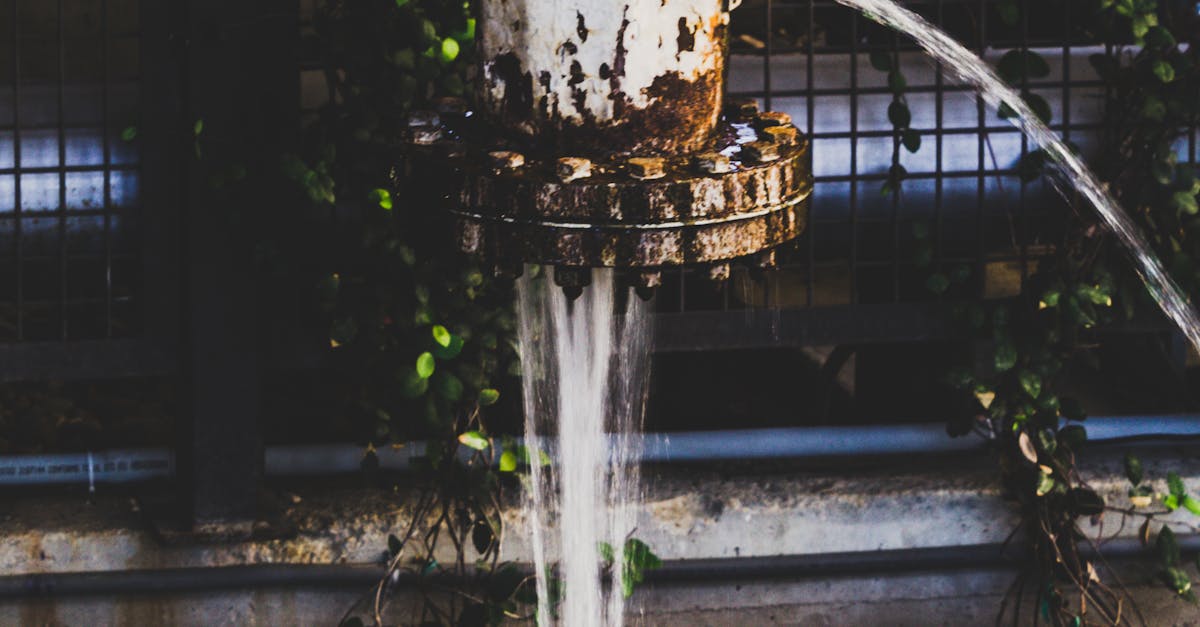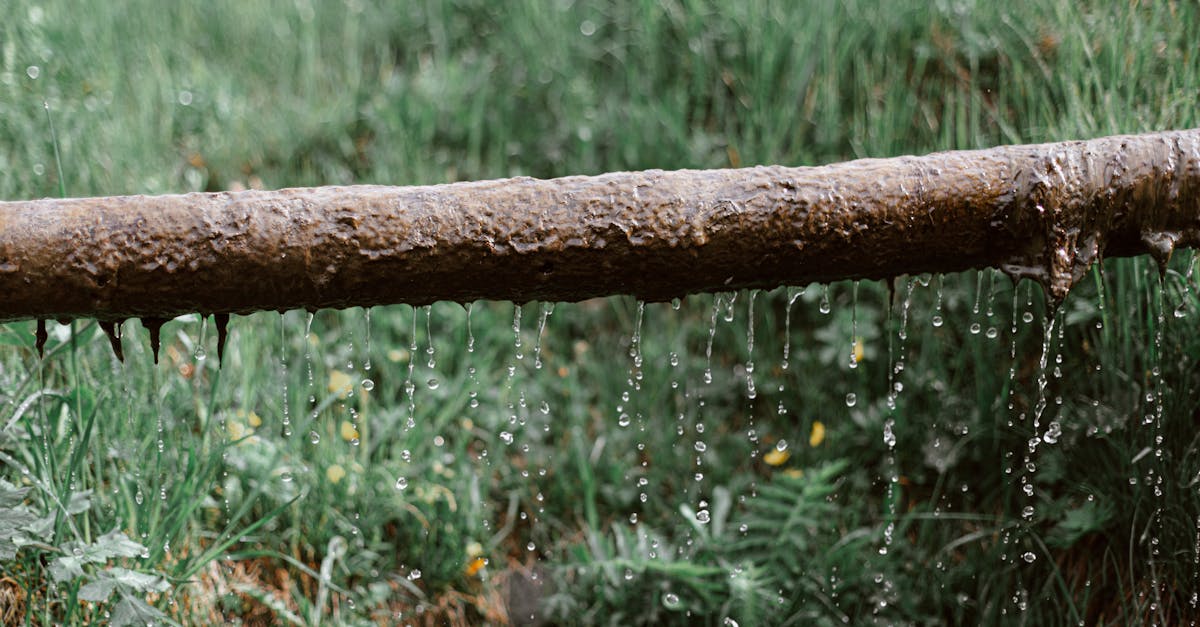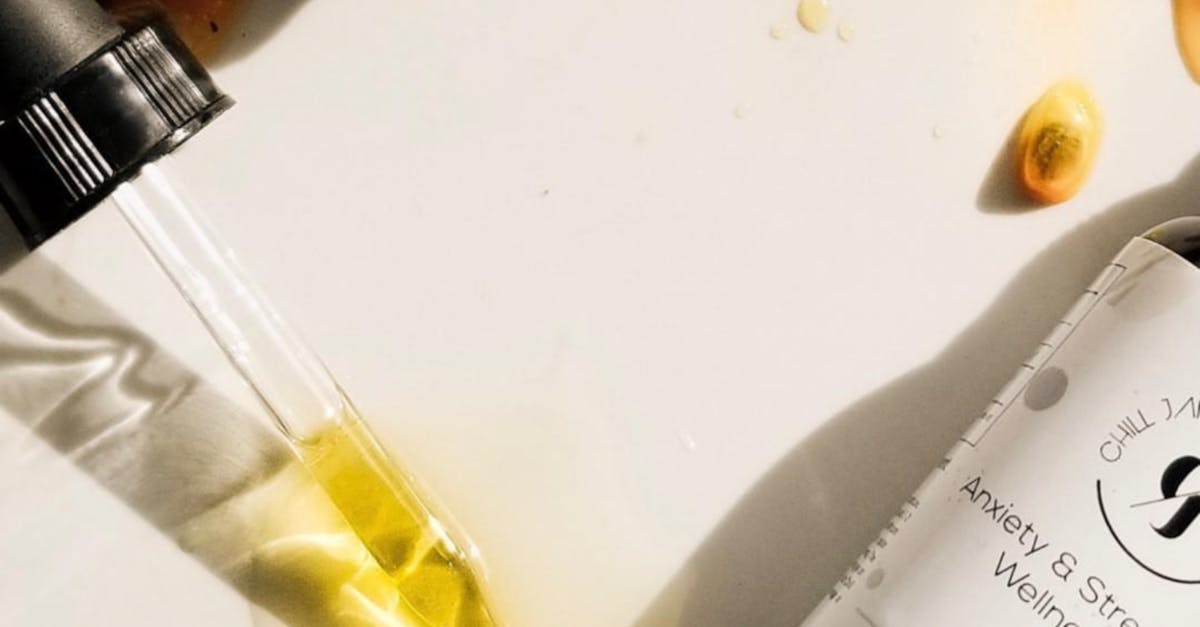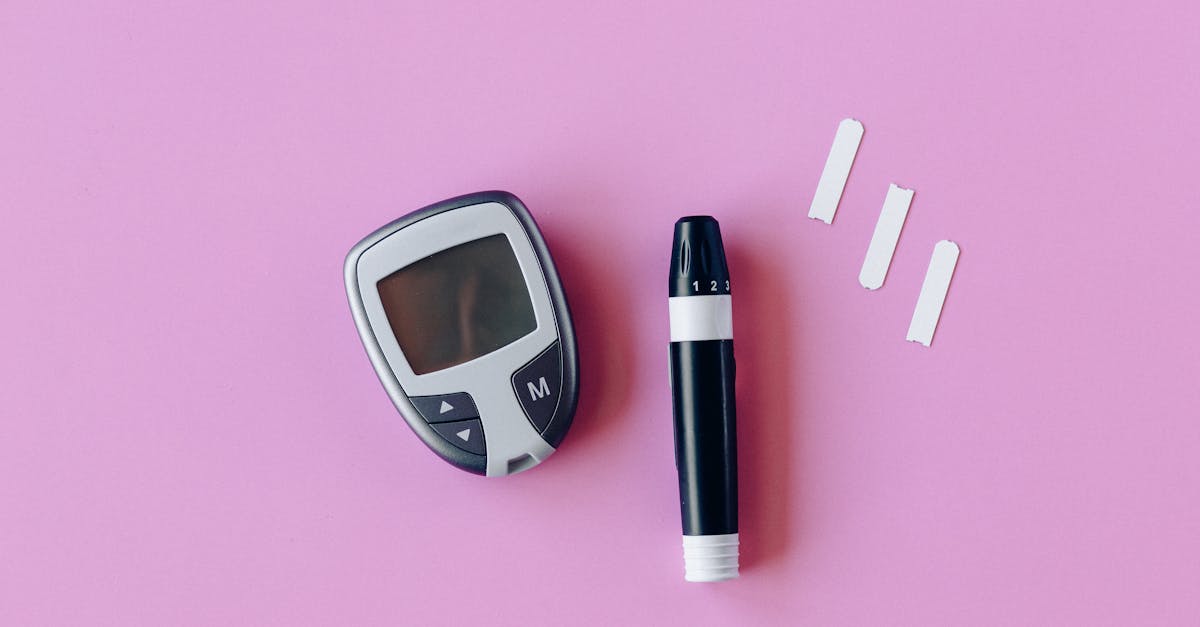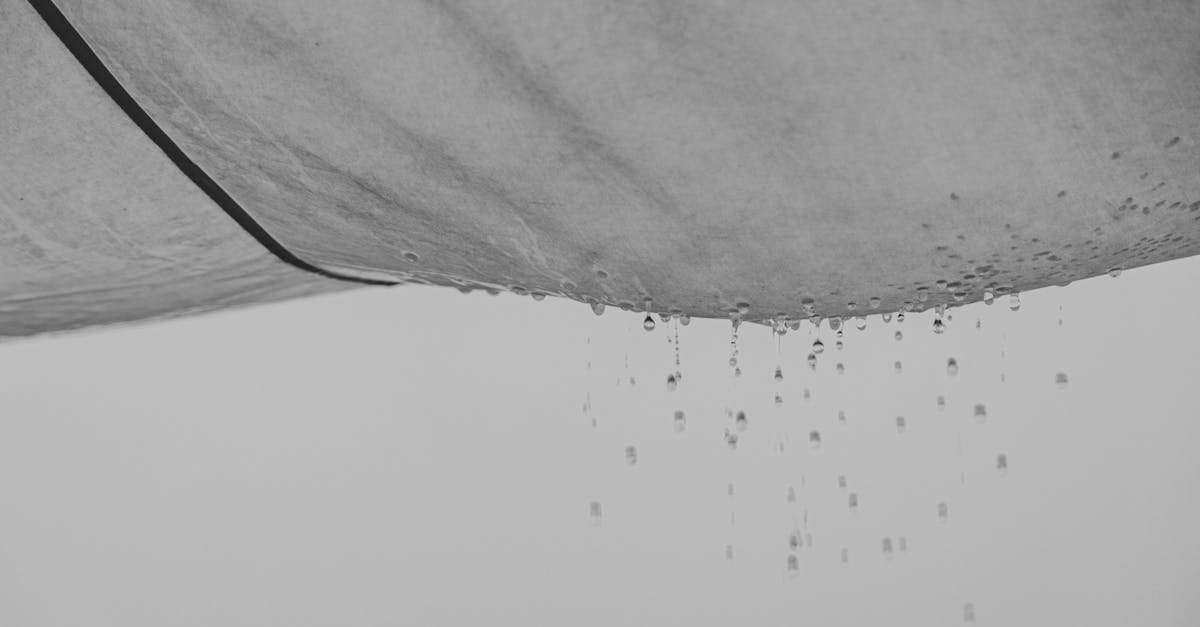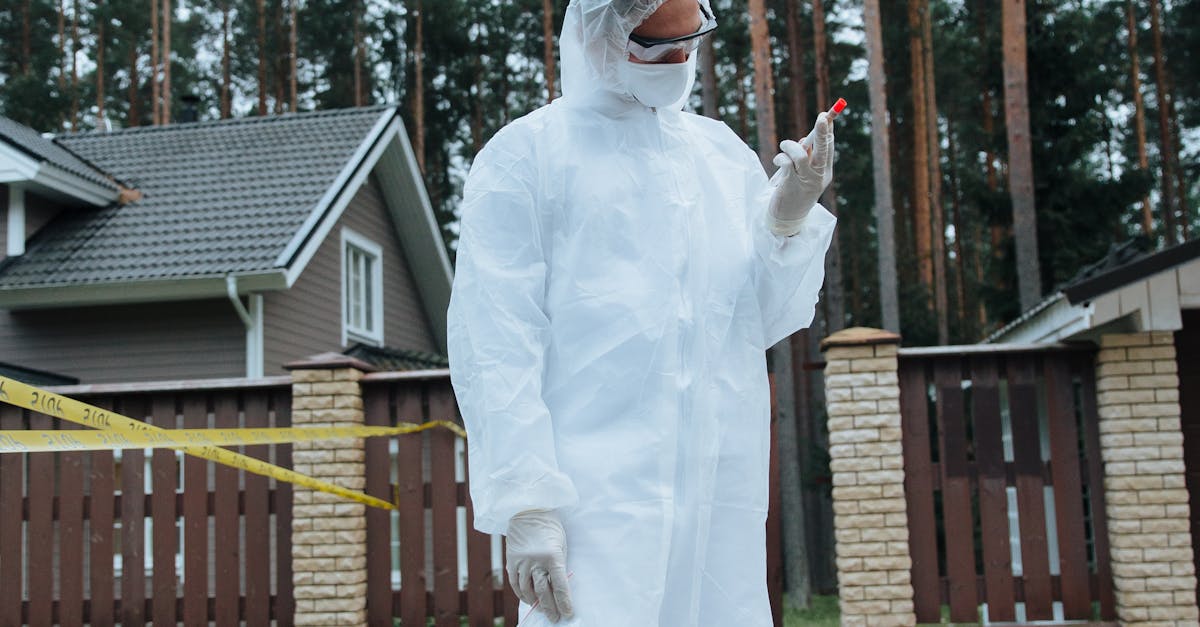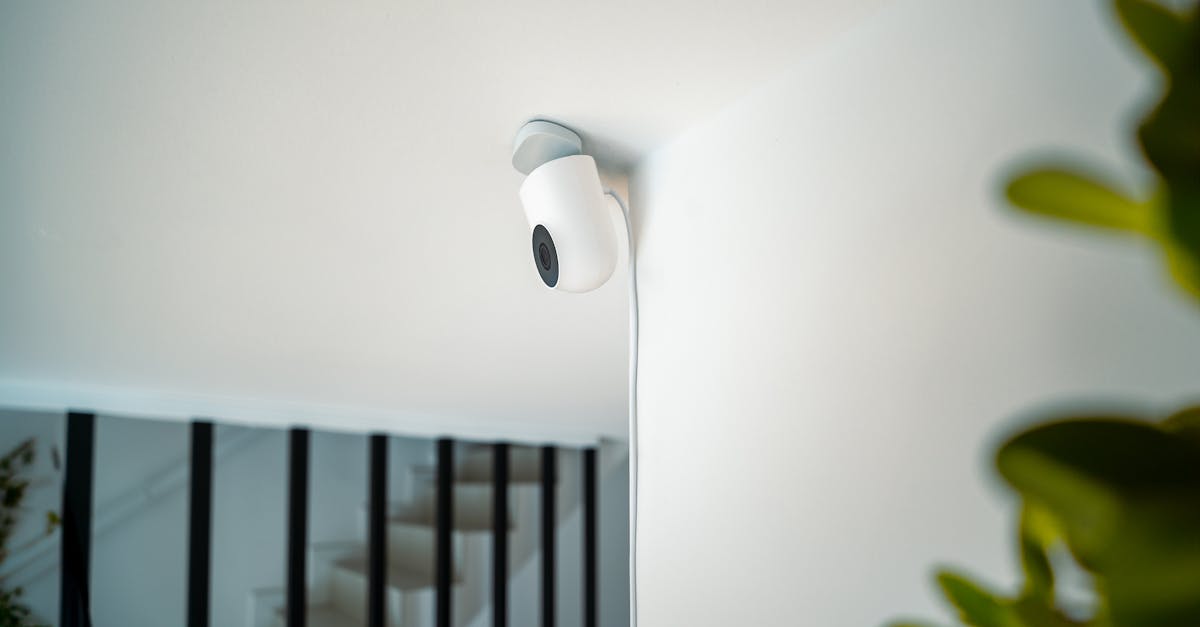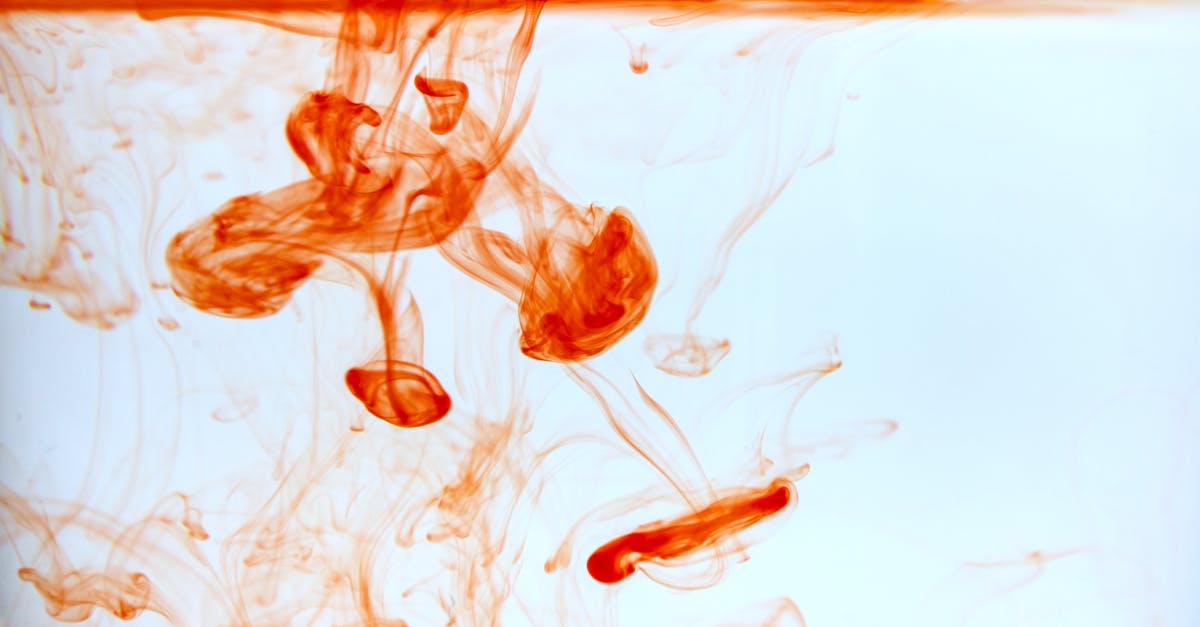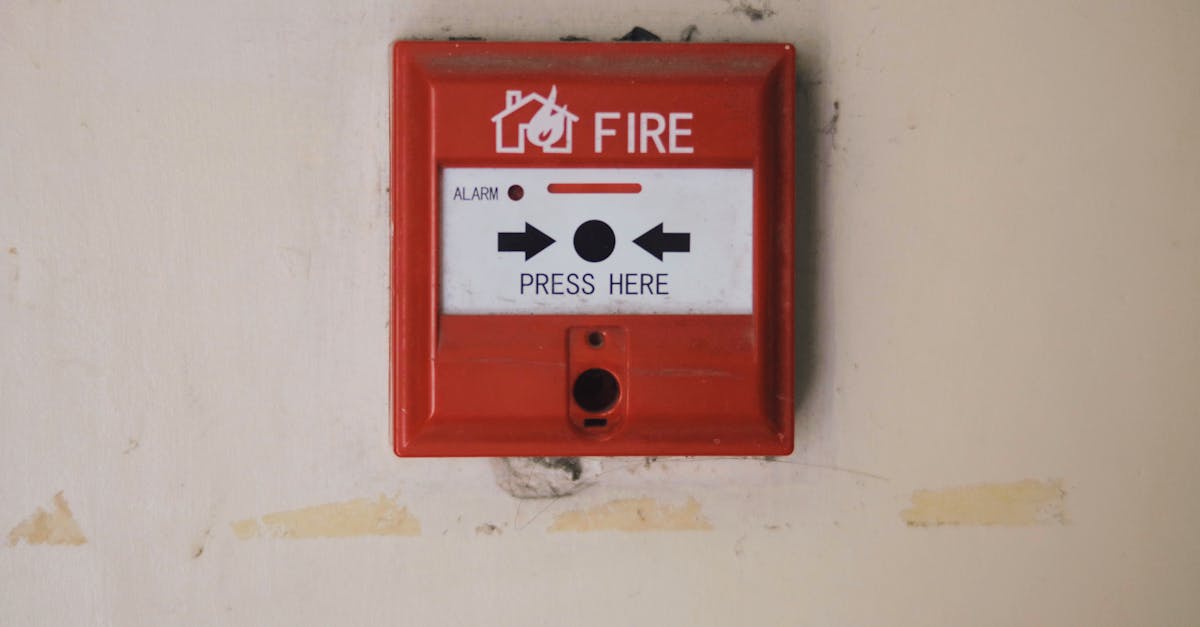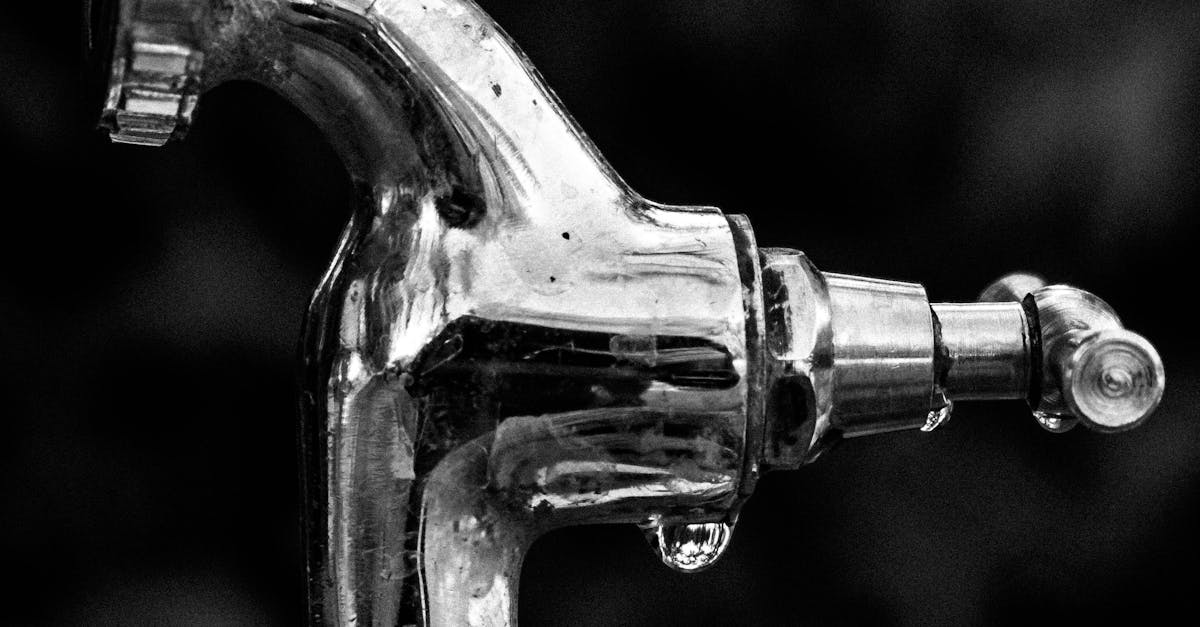
Table Of Contents
Tracer Gas Detection
Tracer gas detection is a widely used method for identifying leaks in various systems. This technique involves introducing a tracer gas, typically helium or hydrogen, into the area being tested. As the gas escapes, it can be detected using specialised equipment, allowing for precise localisation of leaks. Tracer gas detection is particularly effective in environments where traditional methods may struggle, ensuring that even small leaks are accurately identified.
The effectiveness of this technique is primarily due to the unique properties of helium and hydrogen. These gases are light and can easily penetrate through tiny openings. As a result, they are able to reach problematic areas that may remain undetected by other means. Incorporating tracer gas detection into a comprehensive leak detection and repair strategy enhances overall efficiency and ensures that potential issues are addressed promptly, preventing costly damage or environmental hazards.
Effectiveness of Helium and Hydrogen
Helium and hydrogen have emerged as preferred choices for tracer gas detection due to their unique properties. Helium is particularly advantageous because it is non-toxic, non-flammable, and has a small molecular size, allowing it to seep through the tiniest leaks more effectively. Hydrogen, while also effective, poses flammability risks that necessitate careful handling. Both gases can easily be detected with specialised sensors, which makes them useful in various leak detection and repair applications across different industries.
The effectiveness of these gases lies not just in their ability to pinpoint leaks but also in the speed at which they can be detected. When used with advanced detection equipment, helium and hydrogen can significantly reduce the time taken to locate and address leaks. This is crucial for maintaining system integrity and minimising downtime during leak detection and repair processes. The precise and rapid identification of leaks helps prevent costly damages and ensures that systems operate efficiently.
Moisture Meters
Moisture meters play a pivotal role in leak detection and repair by providing precise measurements of moisture levels within building materials. These instruments help identify areas with elevated moisture content, which may indicate hidden leaks behind walls or beneath flooring. By analysing the levels of moisture, technicians can pinpoint potential problem areas before they escalate into more significant issues. Accurate readings allow for informed decision-making regarding necessary repairs and preventative measures.
The effectiveness of moisture meters lies in their ability to assess various materials, including timber, concrete, and plaster. Understanding material-specific moisture thresholds enables professionals to distinguish between normal humidity levels and those indicative of leaks. Additionally, using moisture meters in conjunction with other detection methods enhances overall effectiveness. This multi-faceted approach ensures a comprehensive strategy for leak detection and repair, minimising damage and improving long-term structural integrity.
Measuring Humidity to Find Leaks
Moisture meters are vital tools for measuring humidity levels, offering insight into potential leaks in various environments. High humidity often indicates water intrusion, making these instruments essential for identifying areas where moisture accumulation may compromise structural integrity or lead to further damages. By pinpointing elevated moisture levels, technicians can effectively target specific locations for leak detection and repair efforts, saving time and resources.
The process of measuring humidity not only identifies existing leaks, but also aids in preventing future issues. Regular monitoring of moisture levels can help maintain optimal conditions within a building, thereby reducing the risk of mold growth and structural degradation. By addressing humidity issues proactively, property owners can ensure that their leak detection and repair methods remain efficient and up to date, safeguarding their investments over the long term.
Ultrasonic Leak Detection
Ultrasonic leak detection employs high-frequency sound waves to identify leaks in various systems. This method leverages the fact that escaping gas or air creates sound waves that are inaudible to the human ear but can be detected with specialised equipment. Technicians use ultrasonic detectors to pinpoint the source of leaks effectively, which is crucial for maintaining system efficiency and reducing energy costs. The ability to identify leaks quickly accelerates the prioritisation of necessary actions.
The method is particularly advantageous in noisy industrial environments where other detection methods may struggle. Ultrasonic detectors can differentiate between background noise and the sounds of escaping gases, providing accurate readings without false positives. Implementing ultrasonic leak detection improves overall maintenance practices. Leak detection and repair become more streamlined, ensuring that potential issues are addressed promptly to prevent further complications.
Benefits of HighFrequency Sound Waves
Ultrasonic leak detection utilises high-frequency sound waves to identify the source of leaks in various systems. This method excels in environments where traditional techniques might struggle. The sound waves can penetrate materials and travel through complex structures, making it easier to pinpoint small leaks that may be otherwise undetectable. The technology provides real-time feedback, enabling quick assessments and immediate action.
Another advantage of using ultrasonic methods is the ability to detect both gas and liquid leaks without the need for direct contact with the fluid. Unlike other leak detection methods that may require disassembly of equipment or interrupt normal operations, ultrasonic detection is non-invasive and can often be performed while systems are in operation. This efficiency supports timely leak detection and repair, ultimately leading to enhanced system performance and reduced downtime.
FAQS
What is the most reliable leak detection method?
The most reliable leak detection method can vary depending on the specific application and environment, but tracer gas detection using helium or hydrogen is often considered one of the most effective methods due to its sensitivity and ability to detect even the smallest leaks.
How does tracer gas detection work?
Tracer gas detection involves introducing a gas, typically helium or hydrogen, into the system or area being tested. The presence of the gas is then monitored, and any leaks can be identified by the escape of the gas, which can be detected using specialized equipment.
What are moisture meters and how do they help in leak detection?
Moisture meters are devices that measure the humidity level in materials or the environment. By identifying areas with elevated humidity, they can indicate potential leaks, particularly in buildings where moisture intrusion is a concern.
What advantages does ultrasonic leak detection offer?
Ultrasonic leak detection utilises high-frequency sound waves to identify leaks. One of the primary advantages is its ability to detect leaks that are otherwise invisible or inaudible, making it effective for a wide range of applications, including pressurised systems.
Can a combination of leak detection methods be used for better results?
Yes, using a combination of leak detection methods can provide more comprehensive results. For instance, combining tracer gas detection with moisture meters and ultrasonic detection can enhance accuracy and ensure that all potential leaks are identified effectively.


